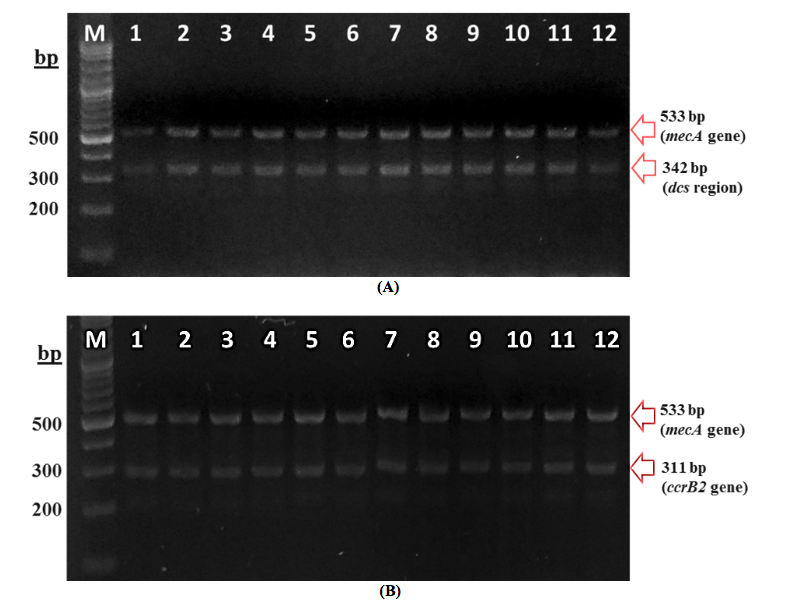VOLUME 11 (Supplement)

Philipp. Sci. Lett. 2018 11 (Supplement) 051-058
available online: July 13, 2018
*Corresponding author
Email Address: gmpenuliar@up.edu.ph
Date Received: November 28, 2017
Date Revised: March 22, 2018
Date Accepted: April 03, 2018
ARTICLE
Methicillin-resistant Staphylococcus aureus carriage in a residential care institution for the elderly in Quezon City, Philippines
by Mary Grace B. Ayala1, Esperanza C. Cabrera2, and Gil M. Penuliar1*
1Institute of Biology, College of Science, University of the Philippines Diliman,
Quezon City 1101, Philippines
2Department of Biology, College of Science, De La Salle University,
Taft Avenue, Manila 1004, Philippines
Quezon City 1101, Philippines
2Department of Biology, College of Science, De La Salle University,
Taft Avenue, Manila 1004, Philippines
Methicillin-resistant Staphylococcus aureus (MRSA) is a pathogen responsible for hospital- and community-acquired infections. While the prevalence of MRSA is well-documented in hospitals, its occurrence in other healthcare facilities is not well studied. The present study determined the prevalence, antimicrobial susceptibility patterns, SCCmec types, and risk factors associated with MRSA carriage in a residential care facility for the elderly in Quezon City. A total of 66 nasal swabs from asymptomatic residents were examined for the presence of MRSA. The isolates were identified and characterized through biochemical tests, amplification of the nuc and mecA genes, antimicrobial susceptibility tests, and staphylococcal cassette chromosome mec (SCCmec) typing. The prevalence of MRSA among the residents was 16.7%. All MRSA isolates carried the SCCmec type IV and majority were multidrug-resistant, showing cross-resistance to erythromycin (90.9%), clindamycin (90.9%), and rifampicin (81.8%). Intermediate susceptibility to trimethoprim-sulphamethoxazole was observed in 81.8% of the isolates. All the isolates were susceptible to ciprofloxacin, moxifloxacin, chloramphenicol, tetracycline, doxycycline, minocycline, gentamicin, linezolid, and vancomycin. Among the risk factors examined, only the history of pulmonary tuberculosis was significantly associated with MRSA carriage (p=0.033; OR=4.67; 95% CI=1.19-18.26). Results showed that asymptomatic residents of the care facility for the elderly may carry MRSA. Sanitary practices, infection control measures, and antibiotic therapy regimen within the facility should be evaluated with the objective of preventing the spread of MRSA.
© 2025 SciEnggJ
Philippine-American Academy of Science and Engineering